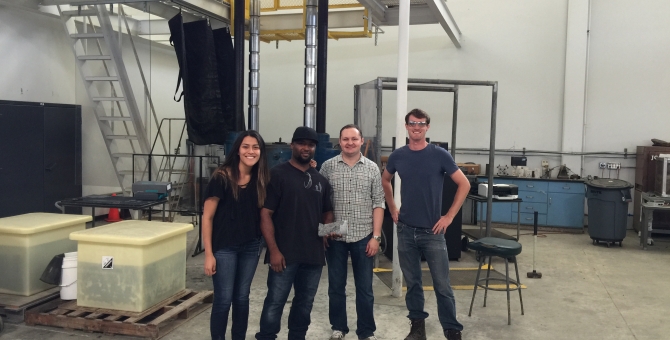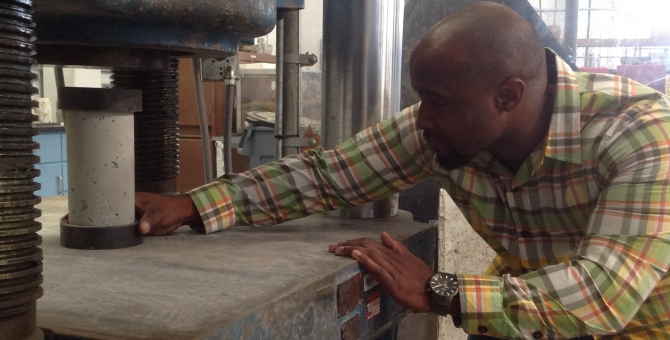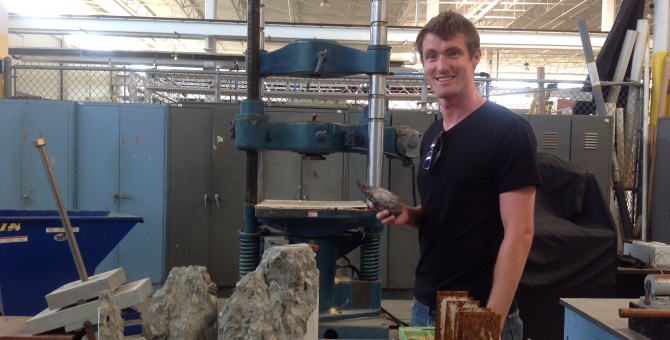Corrosion Resistant Reinforced Concrete for Marine Environments
Project Description
Corrosion of internal rebar is the leading cause of failure for reinforced concrete in marine environments. The natural permeability of concrete to water and salt ions from the environment leads to chlorine ions diffusing through the concrete and into contact with the underlying steel reinforcement—accelerating oxidation and corrosion of the rebar. The resulting oxidation products exhibit a positive volume change that is constrained by the surrounding concrete, creating internal tensile stresses. Internal stresses facilitate cracking of the overlaying concrete, further accelerating chloride permeability and rebar oxidation that eventually leads to spallation and failure of the concrete. This research explores the efficacy of modifying the concrete composition with additions of: silica fume, Hycrete, and fly ash to resist corrosion and to increase its service life. As chloride permeability is difficult to measure, surface electrical resistivity is leveraged as a proxy measure of chloride permeability, with chloride permeability and electrical resistivity exhibiting a negative correlation. Four select concrete compositions were developed and tested for initial workability; with surface and bulk resistivity, compressive strength, and splitting tensile strength evaluated on cylindrical test specimens at 7 day intervals post-cure, up to 21 days. With considerable effort to consider cost and sustainability, a ranking system was also developed to select the optimal concrete composition to meet the demands of the Navy. This lead to the selection of a concrete composition modified with 10% silica fume in place of Portland cement as the optimal solution, when considering resistivity, workability, and cost.















